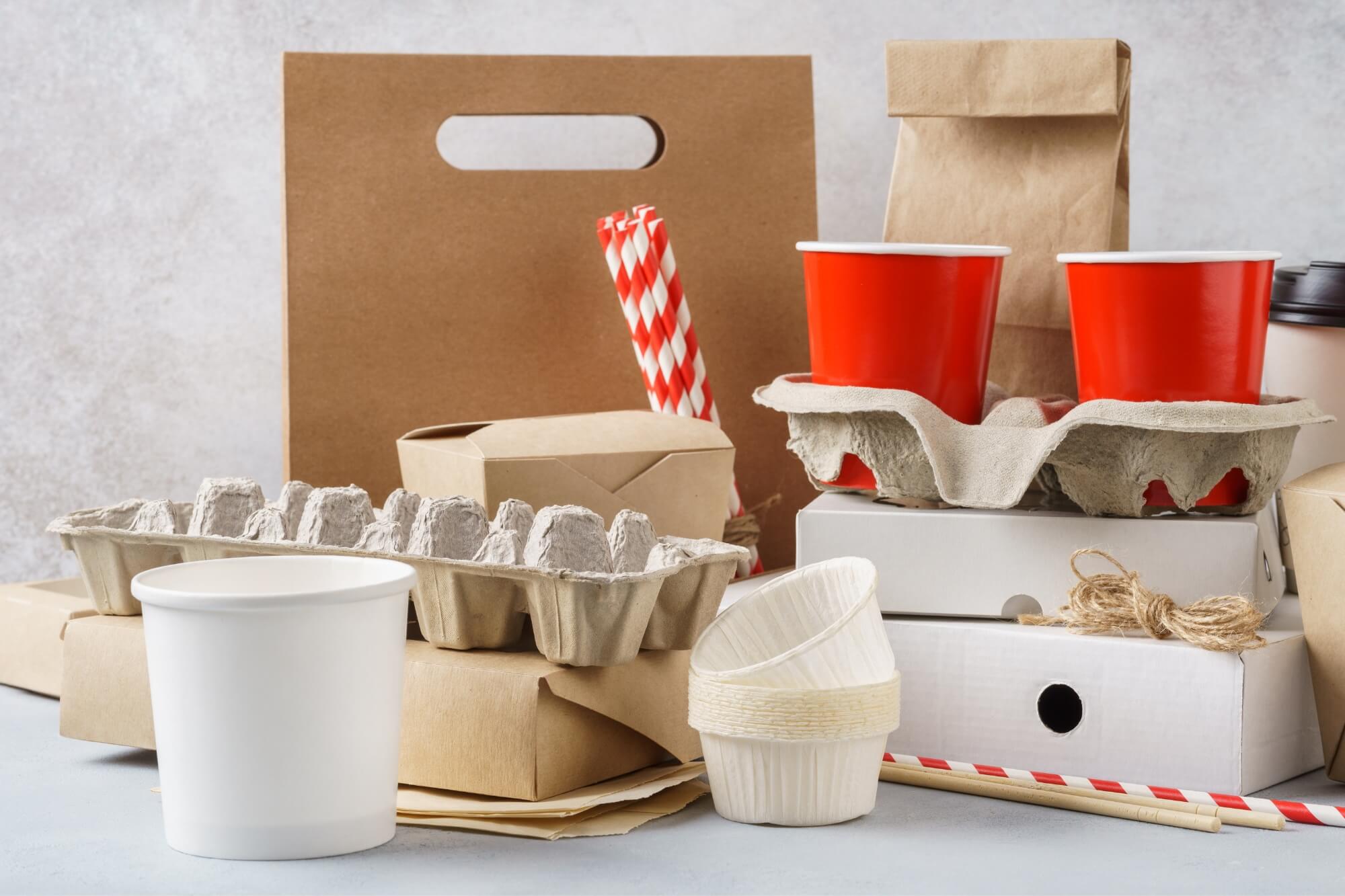Recycling, packaging, businesses are changing all of those things because that's what consumers want.
-Jerry Greenfield
Food packaging is a cornerstone of the modern food industry, playing a vital role in maintaining food safety, extending shelf life, and furnishing comfort to consumers. It also serves as a powerful marketing tool and a platform for conveying essential information about the product. As consumer preferences and environmental awareness evolve, the food packaging sector is experiencing significant transformations. This blog explores the multifaceted globe of food packaging, its importance, and the trends shaping its destiny.
Food packaging serves several crucial purposes. Some of them are:
- Protection & Preservation: The foremost function of packaging is to protect food from external factors such as moisture, light, temperature, and physical damage. Effective packaging practice ensures that the food remains fresh and safe for consumption throughout its shelf life.
- Convenience: Packaging makes food products convenient to handle, transport, and store. It also promotes portion management and easy consumption, catering to the fast-paced lifestyles of modern customers.
- Information & Branding: Packaging serves as a medium for manufacturers to communicate vital information to consumers, including ingredients, nutritional content, usage instructions, and expiry dates. It also plays a significant role in branding and marketing, influencing buying decisions through stunning designs and brand distinction.
- Sustainability: With growing awareness about environmental impact, sustainable packaging solutions are becoming increasingly important. Packaging materials and designs are now developed with a focus on waste reduction, using recyclable or biodegradable materials, and minimizing the carbon footprint.
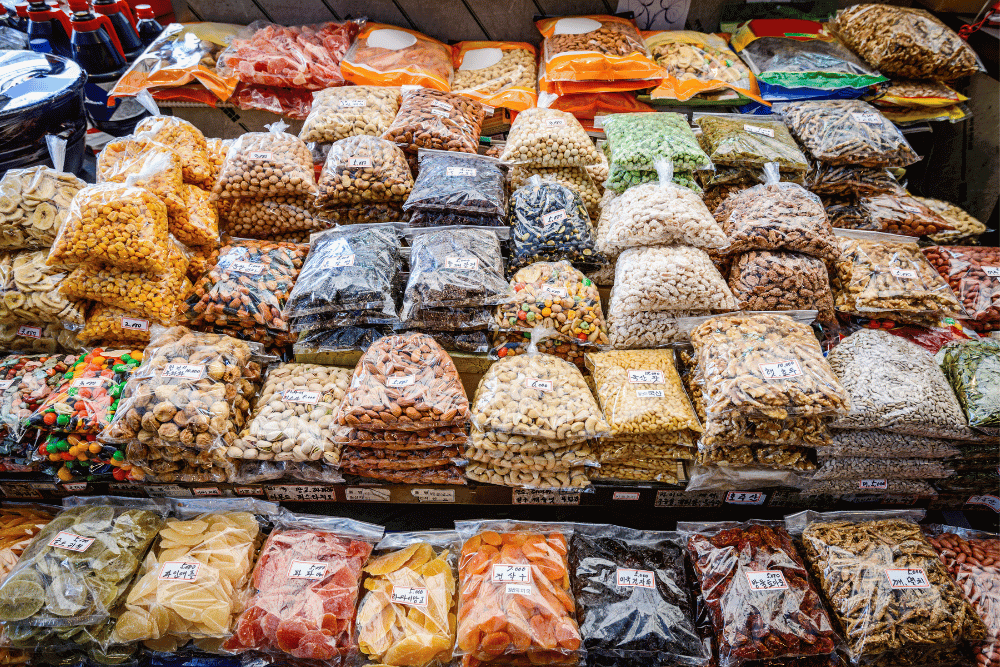
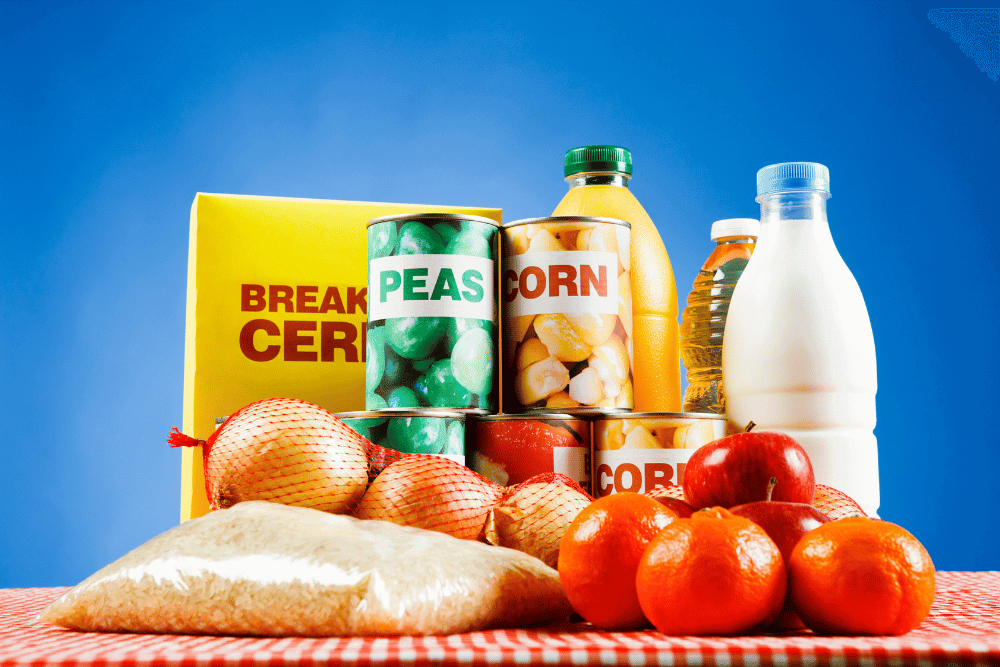
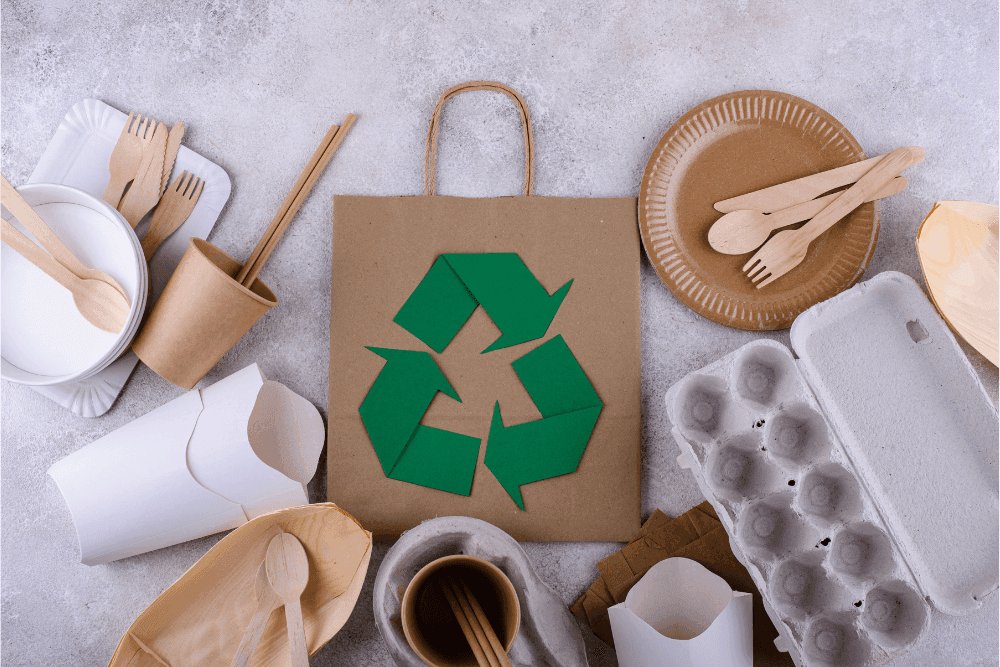
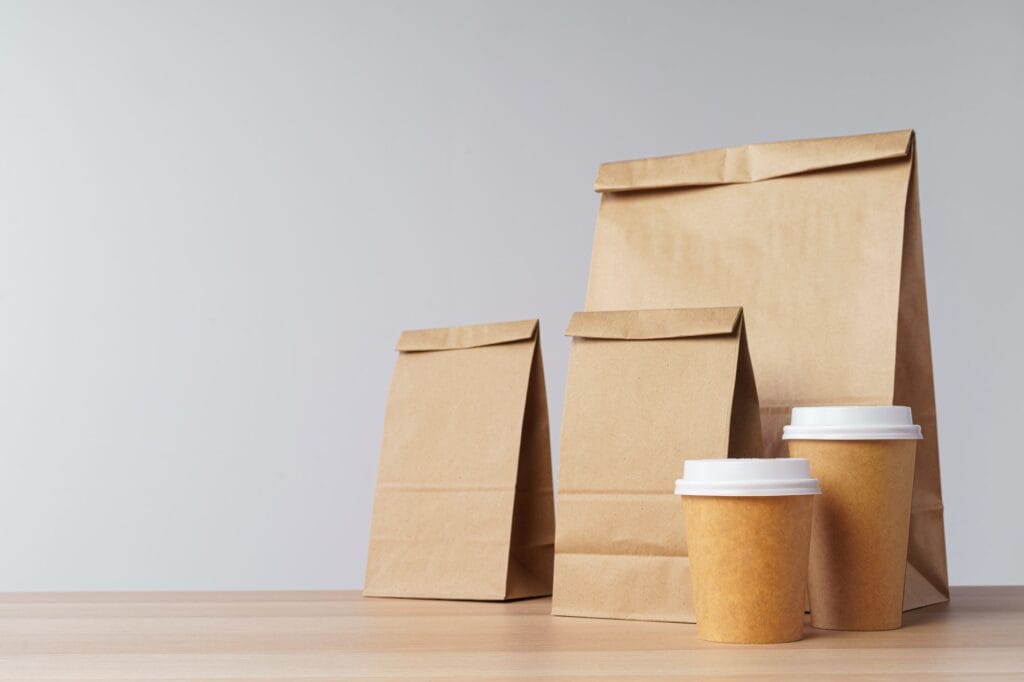
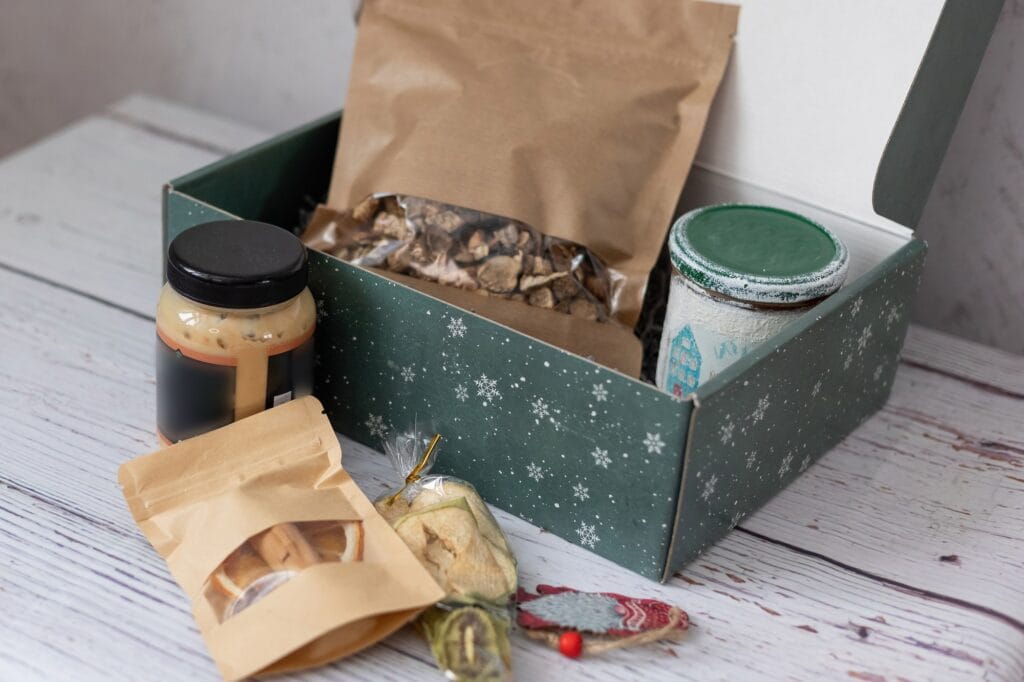
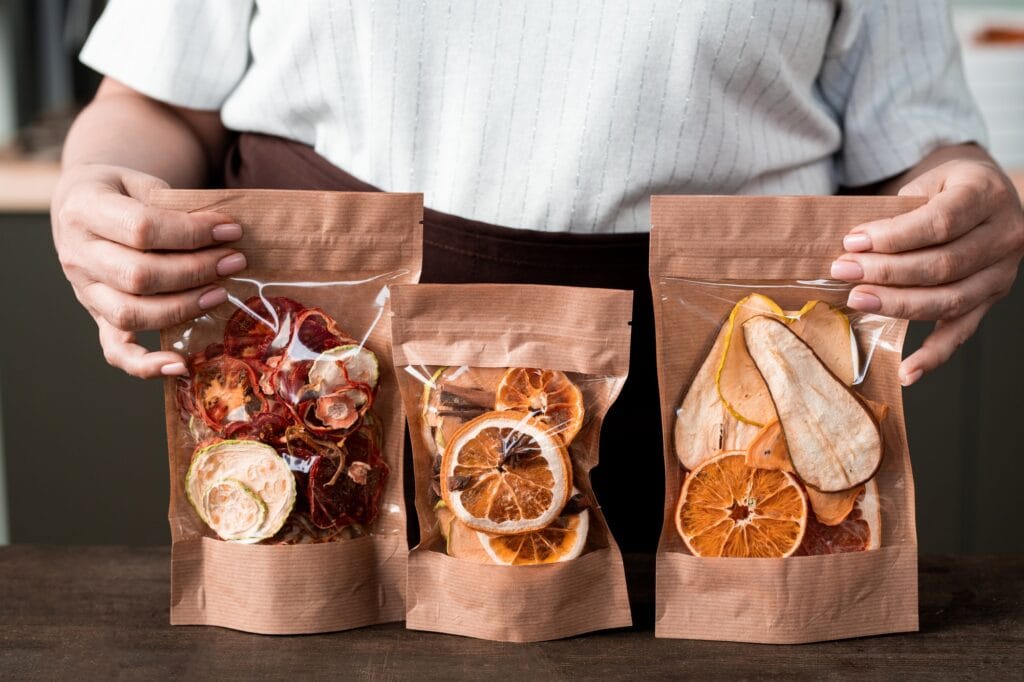
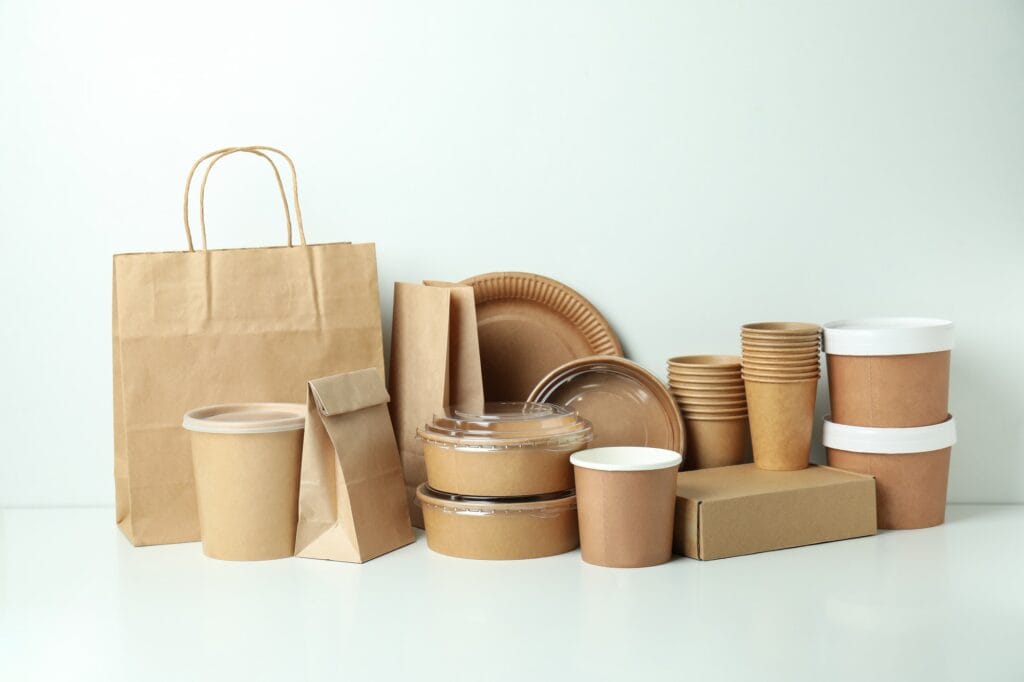
Types of Food Packaging Materials
Various materials are used in food packaging, each with its own set of advantages and limitations:
- Plastic: Widely utilised due to its pricing, versatility, and durability. Plastic packaging can be moulded into diverse shapes and dimensions. Plastic is one of the best and the most inert packaging materials available in the market today. However, its environmental influence has led to a push for options.
- Glass: Known for its inertness and recyclability, glass is often used for beverages, sauces, and condiments. Its transparency allows consumers to see the product, although its weight and fragility are drawbacks.
- Metal: Metals like aluminium and steel are used in cans and foils, providing excellent barrier properties against light, oxygen, and moisture. Metal packaging is long-lasting and recyclable but can be heftier and more pricey.
- Paper and Cardboard: These packaging materials are preferred over others for their biodegradability and recyclability. They’re widely used for dry goods, cereals, and take-out containers. However, they may require coatings or laminates for improved barrier properties.
- Biodegradable & Compostable Materials: Innovations in materials science have led to the development of packaging made from renewable resources such as cornstarch, sugarcane, and other plant-based materials. These materials are designed and expected to break down or degrade in the environment easily, reducing their ecological footprint.
Trends & Innovations in Food Packaging
The food packaging industry is witnessing several trends and innovations aimed at meeting consumer demands and addressing environmental concerns:
- Smart Packaging: Incorporating technology into packaging, such as QR codes, RFID tags, and sensors, allows consumers to access detailed product information, track the supply chain, and monitor the freshness of food. Smart packaging can enhance food safety and minimise trash.
- Eco-Friendly Packaging: The shift towards sustainability has led to the development of packaging that uses less material, is easier to recycle, and incorporates biodegradable components. Examples include compostable films, edible packaging, and packaging made from agricultural by-products.
- Minimalist Design: Minimalist packaging designs reduce material usage and waste while emphasizing simplicity and functionality. This trend aligns with the growing consumer preference for eco-friendly and aesthetically pleasing products.
- Personalized Packaging: Advancements in digital printing have promoted more personalized and customizable packaging solutions. Brands can construct unique designs for limited editions, special occasions, or targeted marketing campaigns, enhancing client engagement and loyalty.
- Reusable Packaging: Reusable packaging solutions, such as refillable containers and returnable glass bottles, are gaining popularity. These options encourage consumers to reduce single-use packaging waste and promote a circular economy.
Challenges & Future Directions
Despite the progress in food packaging, several challenges remain. Balancing the need for efficacious protection and preservation with sustainability goals can be complex. Additionally, the cost of implementing new technologies and materials can be a barrier for smaller manufacturers.
Looking ahead, the future of food packaging lies in continued innovation and collaboration across the supply chain. Research and development efforts must focus on creating more efficient, sustainable, and consumer-friendly packaging solutions. Governments and regulatory bodies also play a crucial role in setting standards and promoting best practices.
To conclude, food packaging is a dynamic and developing field that plays a crucial function in the food industry. By adopting new technologies and sustainable techniques, the industry can meet the needs of modern consumers while minimizing its environmental consequences. The journey towards better food packaging is ongoing, with exciting possibilities on the horizon.
We at PackDesk can help you with all your food packaging developments & procurements at the best prices. Connect with us today.


